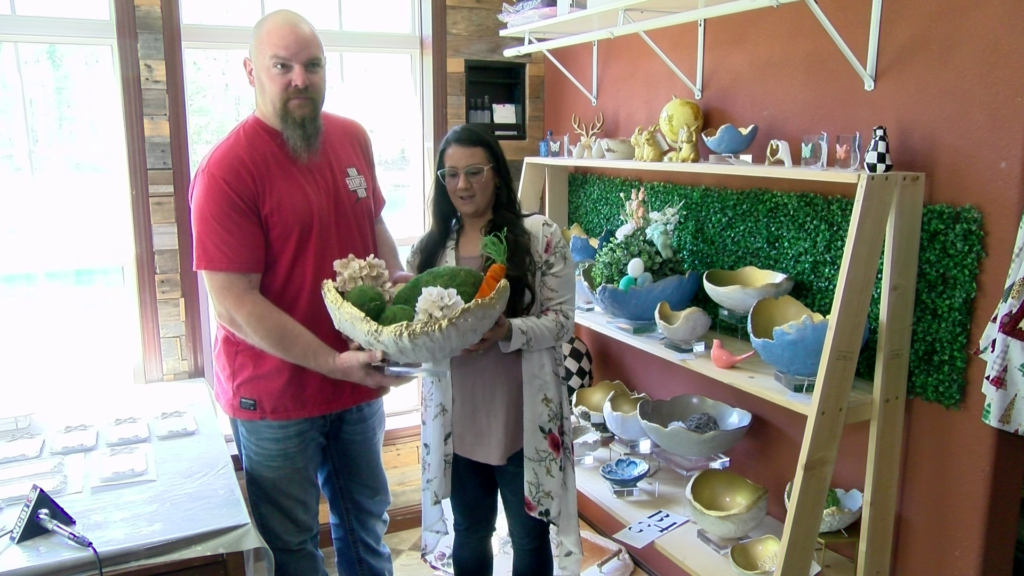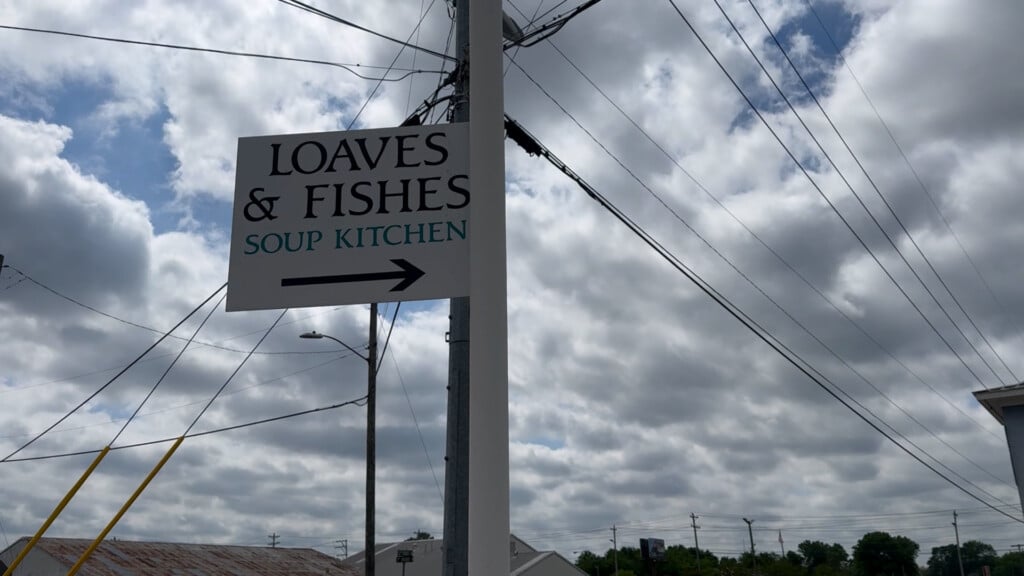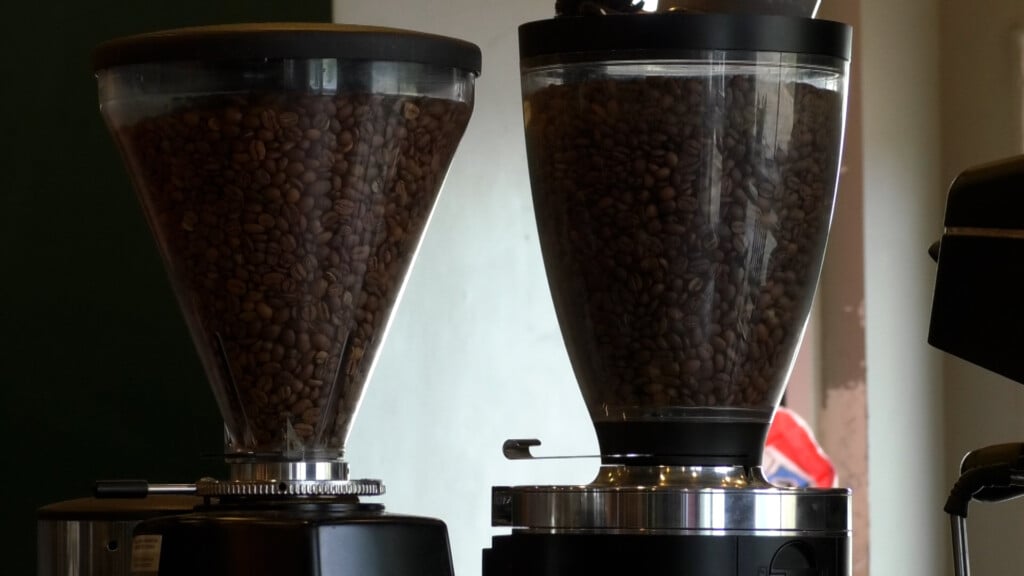Mississippi State researchers develop prototype to advance cotton industry
It will make the harvesting process more consistent, efficient, and accurate.
STARKVILLE, Miss. (WCBI) – Cotton has been a part of the Mississippi landscape and economy for most of the state’s history, but that doesn’t mean that growing and harvesting is stuck in the past.
Researchers at Mississippi State are developing a robot to move the crop into the future.
The robot is designed to go into a field using AI technology to pick cotton bolls one by one on its own.
Assistant Professor Hussein Gharakhani said it will make the harvesting process more consistent, efficient, and accurate.
“These robots can play a role because they are selective harvesters. They will pick just the cotton boll and they will not touch the plastic or other contaminants so you will have very clean fiber at the end,” Gharakhani said.
The robot is made up of three main systems: detection, localization, and manipulation.
Gharakhani said that plastic is a big source of contamination in the cotton industry, and using this robot would improve the quality of the product.
Xin Zhang, a fellow researcher on the project and assistant professor at MSU, is working to combine existing technology with new innovations to create a compact marketable model.
“We’re trying to develop an integrated system with a robotic mobile platform which can navigate itself in the field, for example, it can autonomously enter a row and then with the sensing cameras it can do the detection part and see where the cotton boll is and then move along when it finishes one plant,” Zhang said.
Thevathayaraijh Thayananthan is a graduate student working on the project.
He said this type of system will allow farmers to harvest cotton earlier in the season.
“We don’t need to wait until the end of the harvesting season. We can send these robots once we’ve seen the cotton bolls. This robot can autonomously get into the field it sees the cotton bolls and it can pick them autonomously, so we don’t need to wait until the whole harvesting season and we don’t need to bring in the harvester at the end,” Thayananthan said.
The robotic system still has a long way to go but the researchers are hopeful it will continue to integrate technology into agriculture and eventually be sustainable in the fields year-round.
For 24/7 news and updates, follow us on Facebook and Twitter




